This is where some of the most promising doctors learned to acquire the necessary skills. Located in the town of Lychen, Germany, it was used since the start of the 20th century when its purpose was to house children sick with tuberculosis. But the true journey through time begins during the 1930s when this hospital was used for a more sinister purpose.
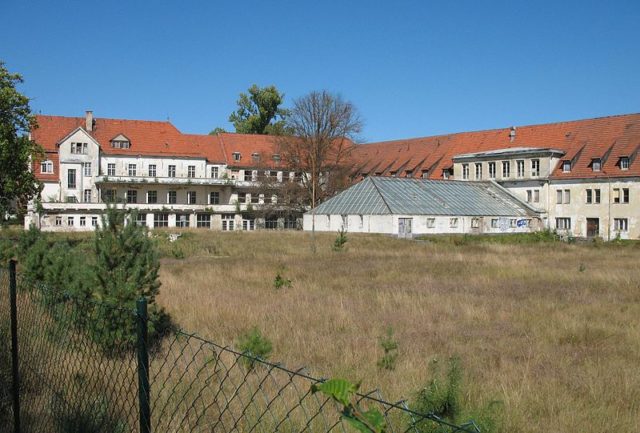
During this period, Hohenlychen Sanatorium was converted into one of, if not the most, important medical facility of the Schutzstaffel – Adolf Hitler’s own paramilitary organization. This is where all of those wounded in action for the goals of the Third Reich were healed.
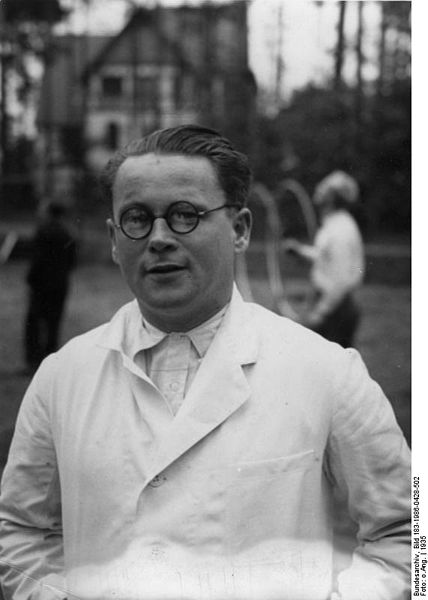
The most important member of the staff was Doctor Karl Gebhardt, a Sturmbannführer (unit leader). Karl was a doctor of German origin who, among other things, was against the use of antibiotics. He began studying medicine in 1919 at the University of Munich, and contributed greatly to the field of sports medicine and rehabilitation during his distinguished pre-war career.
After World War 2, Gebhardt received the death penalty and was hanged on June 2, 1948, for the special class of surgical experimentation which he carried out at Hohenlychen Sanatorium in the name of the Nazi cause.
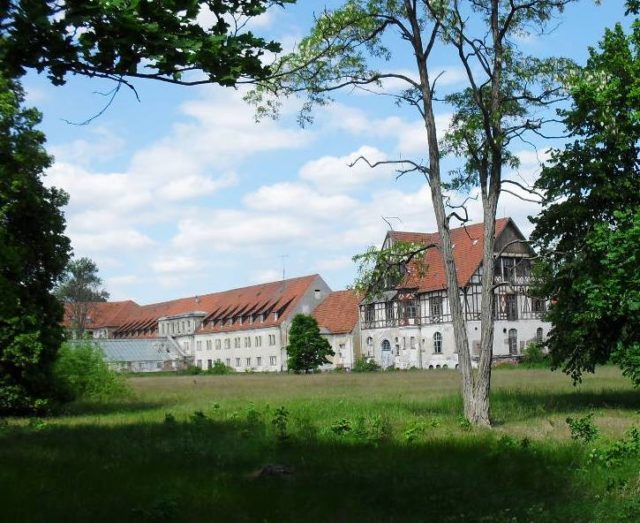
Dr. Gebhardt was appointed as superintendent in 1935. He oversaw the gradual transformation of Hohenlychen from an holistic tuberculosis sanatorium into an orthopaedic clinic. It was here that Karl Gebhardt created the first medical clinic for sports in Germany. He developed a number of different activities fit for people with an amputated limb or people with disabilities. In the same year, Gebhardt became the first professor in Berlin to teach sports medicine, at the German College for Physical Education.
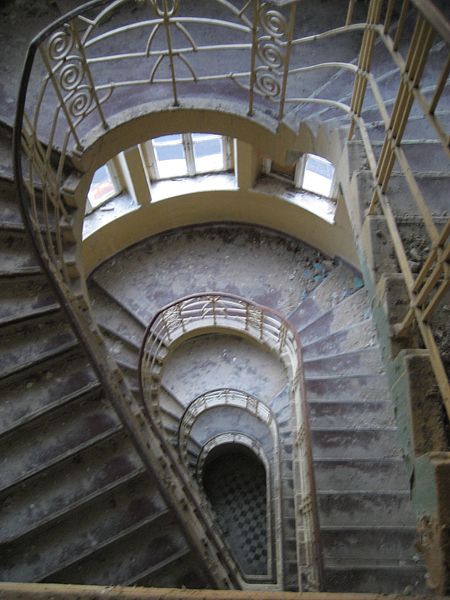
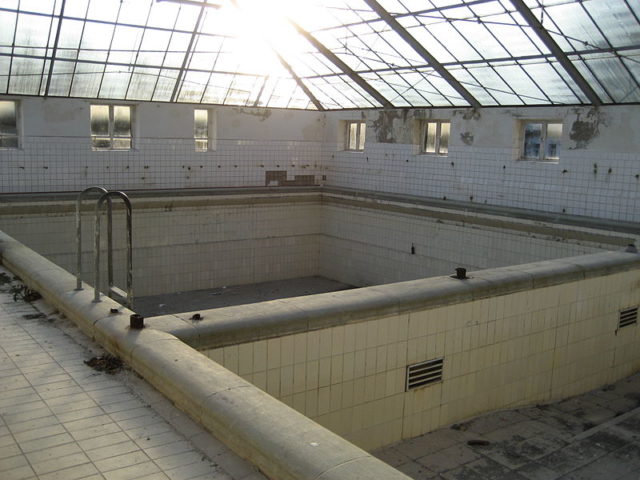
It was this very sanatorium that was used as the main hospital for all those that were part of the Summer Olympics of 1936, and Gebhardt had the role of senior physician for the athletes. Given the fact that Gebhardt was a favorite among the Nationalist Socialist elite, he quickly became the cherished and personal doctor of Heinrich Himmler, the person who was directly held responsible for the Holocaust and thus one of the most influential men in the whole of Nazi Germany, right after Hitler and right next to Rudolf Hess – the deputy Führer.
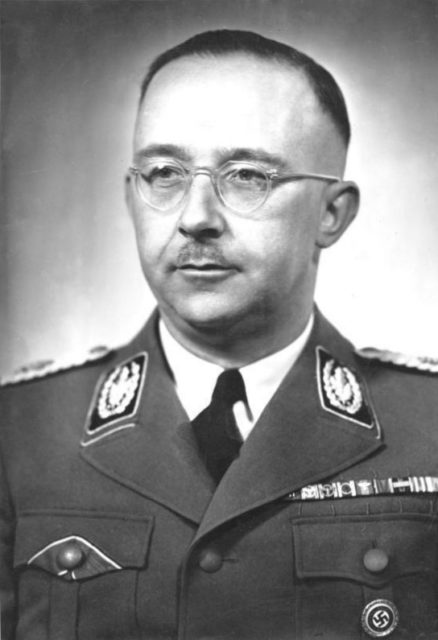
As the Nazi party gained a firmer foothold of power over the country, slowly the focus of the hospital changed. Hohenlychen became the primary hospital for the Schutzstaffel (SS), particularly for the Waffen-SS which was the armed wing of this powerful organization. The SS was responsible for security and surveillance, as well as enforcing the party’s racial policy. It is hard to imagine the terror the reputedly brutal SS must have instilled in people.
A dark shadow truly fell over the hospital when Reinhard Heydrich, the head of the Reich Main Security Office and a key top-ranking Nazi official, was fatally wounded in an assassination attempt and brought to Hohenlychen Sanatorium.
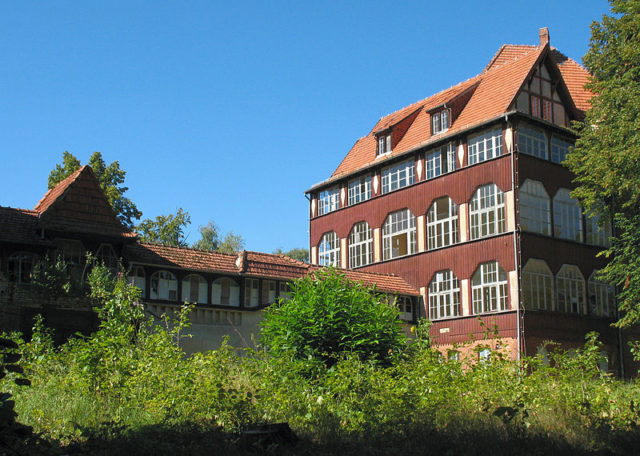
It was at this point in his career that Gebhardt refused to treat Reinhard Heydrich with antibiotics, even though Theodor Morell, Hitler’s personal doctor, highly recommended such treatment. The stubbornness of Gebhardt to embrace what at that time was a brand new treatment that may well have saved Heydrich’s life, led him to carry out some of his inhumane war crimes.
Gebhardt’s career was now on the line, and that was probably a tight spot for a man who had been so close to the Nazi elite. In order to justify his action, or inaction, in treating Heydrich, he needed to prove that the antibiotic drug sulfonamide would not have saved Heydrich from dying. And so, in true Nazi style, he conducted a series of experiments on human subjects taken from the concentration camp Ravensbrück that was close by.
In order for his tests to be close to a real life situation, Gebhardt simulated battlefield wounds on the inmates. The test subjects suffered things like having their legs broken, as well as being brutally being cut or shot to create an open wound that he left untreated for days, just like a soldier on a field. Reports suggest that various other unbelievable surgical experiments were carried out on victims from Ravensbrück by Karl Gebhardt, including investigating how long patients would survive when they had their abdomen of skull cut open with no anesthesia.
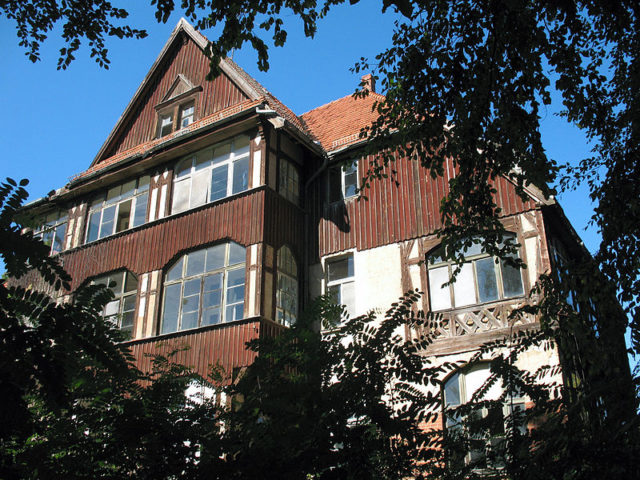
In early 1945, it became clear that Germany was losing the war. During the last moments of the Nazis, Hohenlychen Sanatorium was used as a final retreat for Himmler and Albert Speer. They even invited Hitler to join them but he decided to remain in his Führerbunker where, according to scholars, he died.
Once the Nazis regime came to an end, the hospital was used for military purposes until 1993 when it was closed for good and abandoned. Today it is completely vacant and living only through photographs and the countless stories about its dark past.
